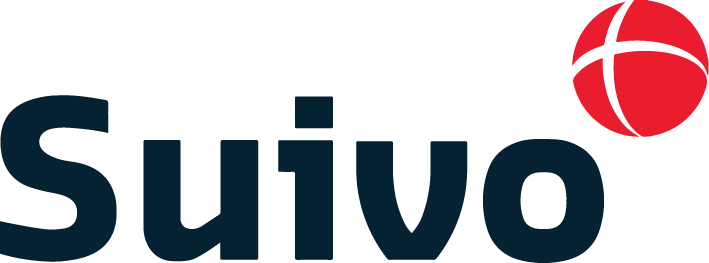Sigfox (Low Power Wide Area Network technology)
The data rate over Sigfox is limited to 12 bytes per transmission, up to a maximum of 140 transmissions (1680 bytes) per day. Considering that a single GPS position (latitude and longitude) requires 8 bytes, the amount of information that can be transmitted over Sigfox is limited.
Furthermore, the significant frequency shift of objects moving at more than 70kph prevents good reception of transmitted signals, which when combined with a very narrow frequency band, means that Sigfox is not useful for tracking moving objects.
Due to the very narrow frequency band Sigfox is not useful for tracking moving objects.
LoRaWAN (low-power long-range radio protocol)
Some providers leverage core LoRa technology to enable very low-power proprietary communication between different tracking devices over an extended range. Due to its very low power requirement, it is ideally suited for battery-powered IoT devices as it is possible to achieve extreme autonomy with minimal battery size.
Unlike Sigfox, LoRaWAN uses a much wider range of frequencies and modulation to allow higher bandwidth and data rates.
Suivo LR (Private LoRa)
At its core,“LoRa” is a patented, robust low-power long-range radio protocol (initially developed in 2012 for the IoT revolution by Cycleo (France) and later acquired by the Semtech cooperation). Although proprietary, an overview of the modulation and other relevant technical specifications have been made available by Semtech through the LoRa Alliance.
LoRa uses license-free sub-gigahertz radio frequency bands like 169 MHz, 433 MHz, and 868 MHz (Europe) and 915 MHz (North America). LoRa enables long-range transmissions(more than 10 km in rural areas) with low power consumption.
Similar to DASH7’s efforts, Suivo leverages LoRa technology (without LoRaWAN’s upper networking layer restrictions) to enable very low-power proprietary communication between different Suivo devices over an extended range. We call this Suivo LR (long range) communications.
Suivo LR enables fast and reliable connectivity between Suivo IoT devices such as autonomous battery-powered asset trackers, IoT Hubs (classic black boxes with an IoT upgrade), and IoT Tags. It is also used to monitor managed geo beacons (Suivo IoT satellites). Due to its very low power requirements, it is ideally suited for battery-powered asset trackers as it allows extreme autonomy with minimal battery size.
2G / GPRS
While consumers are always looking for more data and speed, 2G specifications offer more than enough bandwidth (data capacity) and speed for many industrial applications. However, 2G networks are being phased out in countries where few 2G projects exist; while in other countries, where operators are contractually required to support the service for a considerable time to come, there are no plans to discontinue 2G General Packet Radio Service (GPRS).
2Goffers two-way connectivity to the internet on one frequency (900MHz in Europe)at a (theoretical) maximum transfer speed of 50 kbit/s (40 kbit/s in practice).
For industrial applications such as Suivo, network operators provide a management tool where the service provider (e.g. Suivo) manages the functions and status of the SIM cards. The operator can also restrict access to specific servers and can accommodate private end-to-end encrypted data tunnels over the internet. This can help protect the data from security breaches.
LTE-M
The ETSI (European Telecommunications Standards Institute) developed LTE-M (Long Term Evolution for Machines) as a future-proof and reliable Low Power Wide Area Network for professional IoT applications. It operates on the same protected frequency bands and infrastructure as consumer 4G-LTE networks.
While similar in purpose to networks like LoRaWAN networks, it benefits from protected frequencies (compared to the noisy 868/915MHz public frequency bands in which LoRaWAN and Sigfox operate) and the support and implementation of experienced, often international, network providers and operators. It is widely believed that LTE-M will power exponential growth of IoT projects and applications worldwide.
LTE-M offers similar low power advantages to public-band LP-WAN systems, so many years of autonomy can also be achieved (depending on the transmission frequency, of course). It also allows significantly higher data throughput than Sigfox or even LoRaWAN and NB-IoT.
LTE-M is also not susceptible to frequency shift on moving assets at real-world speeds(
NOTE
Choosing a single data transmission technology for asset tracking and digital workflows can be limiting. As a trail-blazer, Suivo combines many different technologies in a single transparent solution to optimize autonomy, data throughput and cost. Suivo’s modular nature allows users to start connecting assets to the digital world using only a few of these available technologies. Clients can invest in expanding their infrastructure when the initial return on investment has yielded results and more data is wanted.





